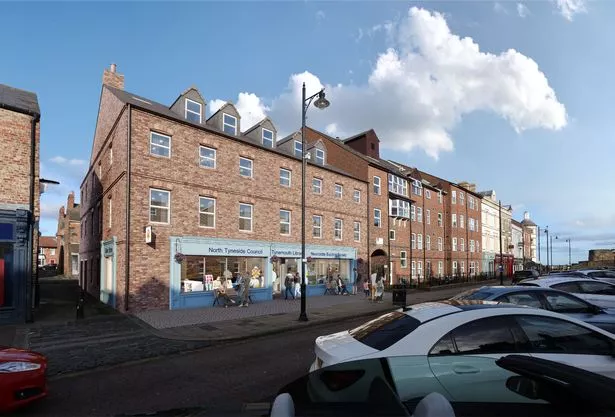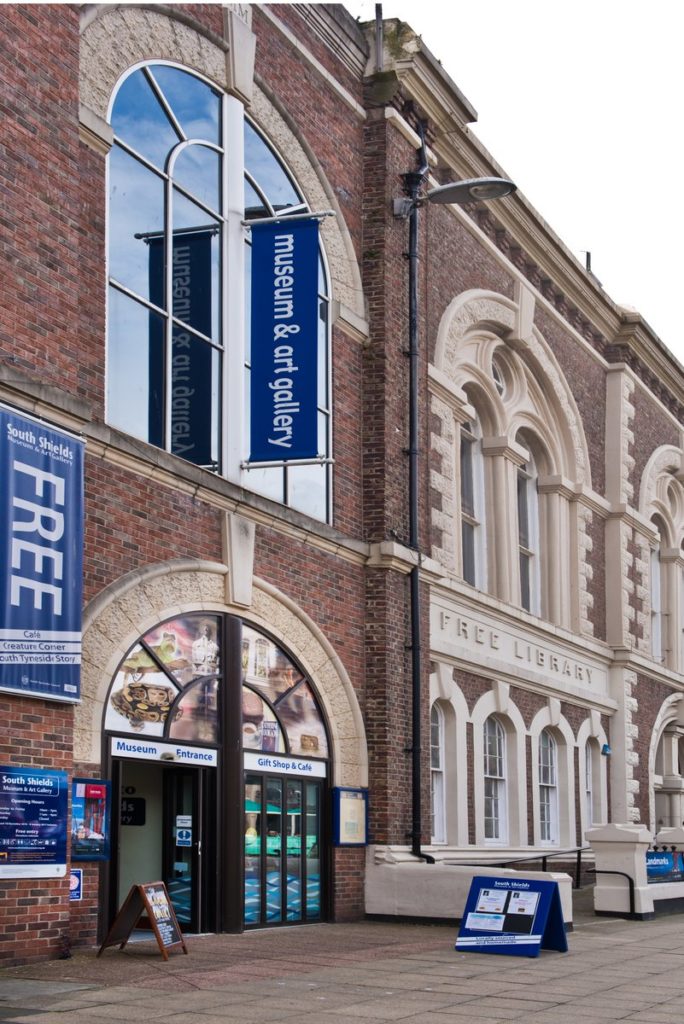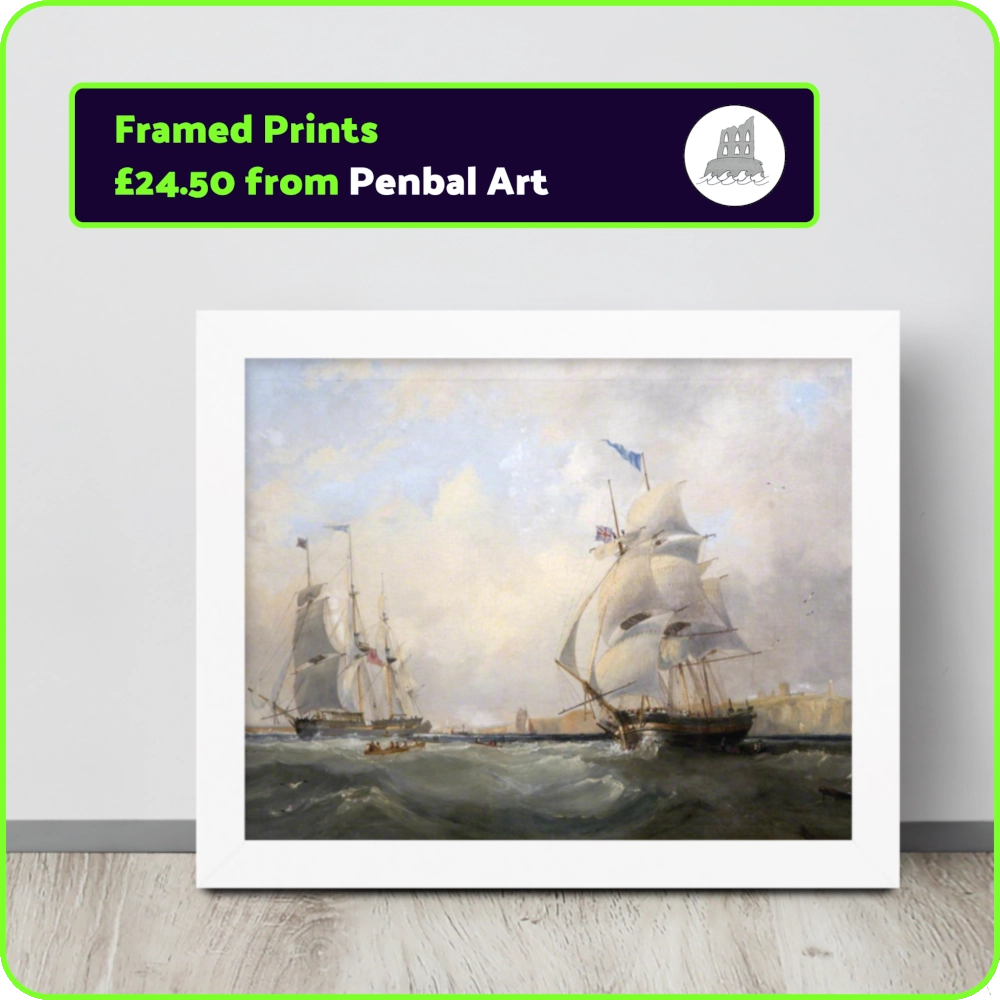The Case for a Tynemouth Museum
4th April 2023 by Luan Hanratty
A recent thread on the Facebook page of Tynemouth Councillor, Lewis Bartoli, raised the issue of the Council’s contractor failing to begin work to rebuild the long-since closed library on Front Street.

This is of course, a complete farce and hugely embarrassing for the Council, but I suggested in the comments that this prime space, rather than becoming yet another addition to Tynemouth’s glut of upscale f&b businesses, should be used for heritage purposes, as a museum.
Bars, restaurants and coffee shops are great in of themselves. They are what Tynemouth is known for. But they only cater to one need: the need to be fed and watered in a pleasant environment. There is more to life and more to Tynemouth than this.
A philosophical point
Success in life really boils down to two factors from childhood: 1) the range of language children are exposed to, and 2) the amount of cultural capital they have access to.
Traditionally, libraries have been a vital source of the written word for children. The internet has changed this. It has changed the face of media and means we are surrounded by text much more than we ever have been. As well as this, online bookshops mean we can choose from all of the world’s books, buy them cheaply and they arrive within days.
Renting anything is a business model of scarcity. With the exception of academic works, we don’t have to rely on borrowing books like we used to. The central function of public libraries has thus fundamentally gone. They are still needed, but they are not essential in every small community.
Despite these changes in how we consume media, cultural capital remains as elusive as it has ever been, and a museum in Tynemouth would serve a need that is not currently met. As undoubtedly wondrous as the Watch House and the Priory are, they are not always open, for one reason or another, they require bookings, and they still don’t tell the full story of the place. Not in a comprehensive and structured way.
It’s important that Tynemouth preserves and promotes its identity, giving people who visit a deeper affinity with the place. A museum is the medium for this and there is no better place than right in the middle of the village, with the footfall it receives.

We’ve all been to some breathtaking museums that have just captured your imagination and stayed with you long after you have left them. We have several in the region like this. Just look at the museum and art gallery on King Street in South Shields, which was originally a library. Incidentally, they have a section dedicated to Catherine Cookson, who for many years was the most borrowed library author in the world.
A Tynemouth museum would teach people about:
- The Iron Age settlement on Penbal Crag
- The medieval monastery, its 3 kings and the Viking invasions
- The strategic and political significance of the Castle & Priory
- The TVLB, infamous shipwrecks and the Black Middens
- The rise of Tynemouth as a centre of tourism and the arrival of the railway
- Tynemouth’s relationship to North Shields and its role as a county borough
- The interesting geography of the area
A museum could be a valuable and interactive educational resource from which community initiatives like treasure hunts and tours could be launched, and where exhibitions and talks could take place. That would do more for the community than a defunct and long-closed library that would inevitably remain underutilised if reopened.
We have a perfectly good library with a well-organised local records section in North Shields. This is a great community hub that gives people a place to visit and a chance to use Shields for shopping.
Tynemouth though, in my view, should be playing to its own strengths and bringing the most benefit it can to the village by enhancing its unique cultural capital.






An alternative option would be a tourist information centre that could offer guided tours as well as sell combined tickets for the Priory, the Watch House and the museum.
Famous artists, Victor Noble Rainbird and Winslow Homer both resided in North Shields and Tynemouth. A flight of steps leading down towards the Fish Quay once served as the inspiration for Laurel And Hardy’s famous piano on the stairs scene. The area is rich in history that is being sadly forgotten whilst wine bars and shops take over, their only purpose – to make money. A shame.